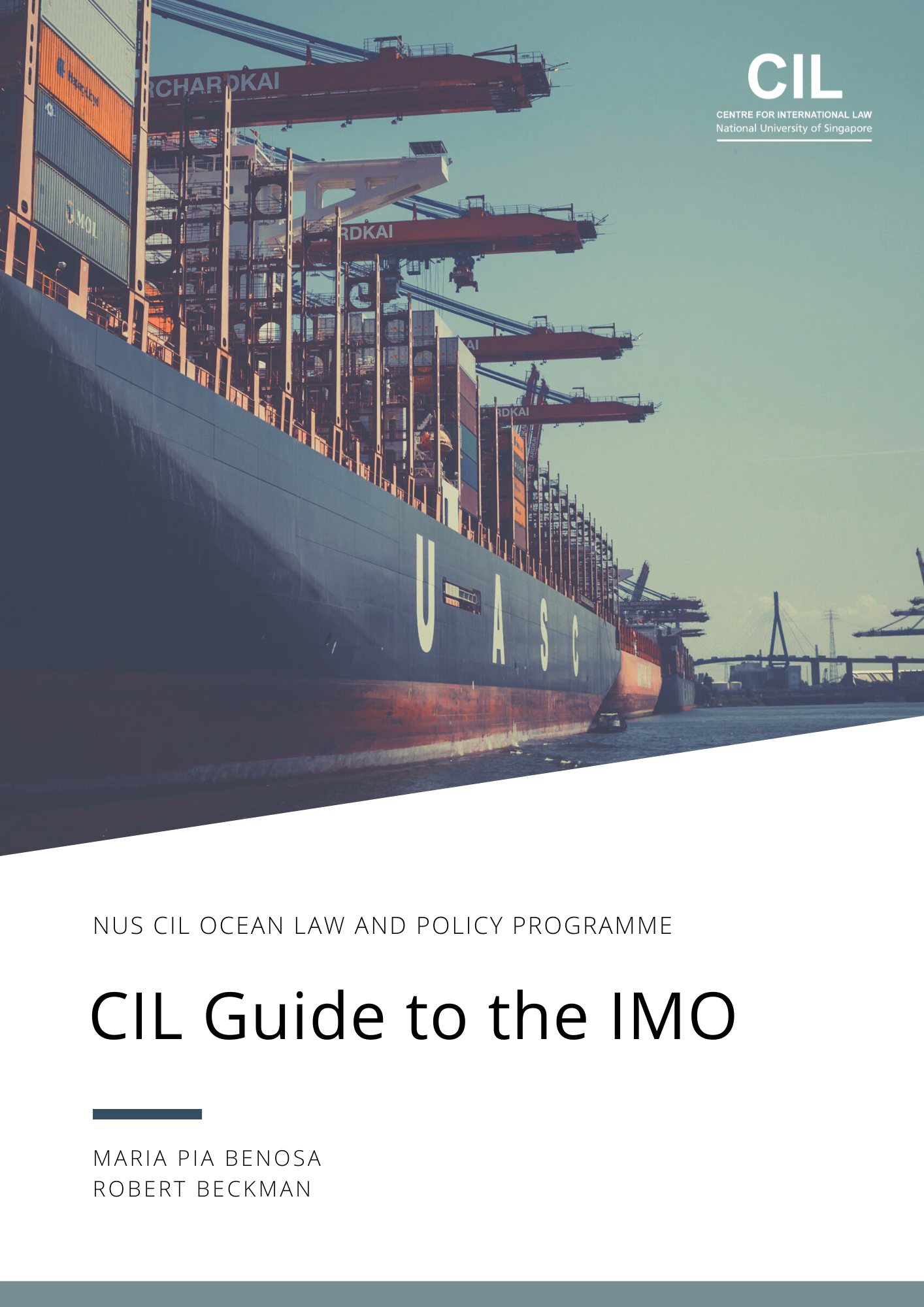
Authors: Maria Pia Benosa, Robert Beckman
It is easy to get lost in the jargon with which maritime professionals navigate any discussion on the work of the International Maritime Organization (IMO). Understanding the plethora of contemporary issues in international shipping that form part of its agenda, as well as the numerous conventions, technical guidelines and standards under its helm, can be quite challenging for the early career researcher or junior diplomat. As with most international organizations with a membership and geographical coverage on a scale as the IMO’s, important documents spanning almost three quarters of a century can often be difficult to locate. When found, they often present a perplexing taxonomy of technical terms, abbreviations and numerical references, that at first glance seem penetrable only by shipping industry insiders.
Hence, this Guide.
The CIL Ocean Law and Policy Programme has over the years concluded a number of research projects on the work of IMO, and the relationship between the UN Convention on the Law of the Sea and various IMO instruments. Through these undertakings, several of the research challenges discussed above have been observed, and the idea thought of, that these issues can in fact be easily addressed by a roadmap on the history, structure, processes and stakeholders of the organization.
This Guide is not intended to be an exhaustive collection of information on the work of IMO. Rather it should be treated as a foundational resource to aid students, maritime researchers and practitioners alike, as they embark on their research and work on the role of IMO in global maritime affairs. Users of this Guide are invited to explore its contents alongside resources from IMO itself which this Guide intends to complement, by providing a structured snapshot of the governance and mandate of the Organization.
A limited number of publications of the CIL Guide to the IMO will be released as hard copies. Users may wish to refer to the digital version in order to access the extensive cross-references (including from the Table of Contents) and external hyperlinks contained in this publication. Click “Download” below.

